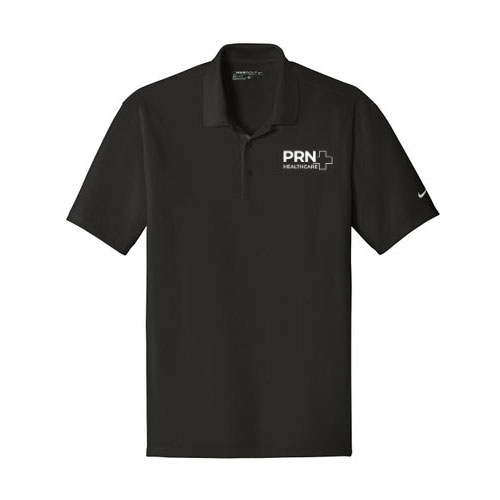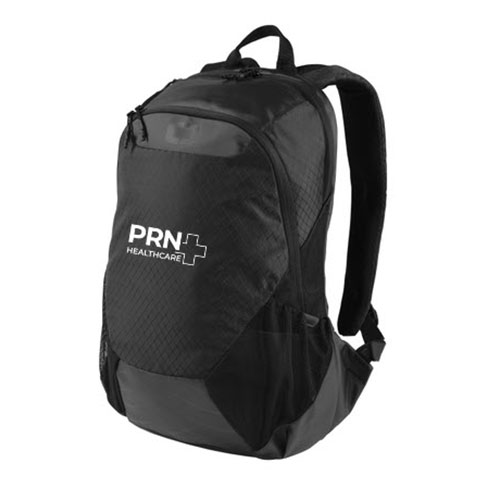Table of Contents
As a Healthcare staffing agency, we understand the importance of having reliable information and trustworthy information available to you. That’s why our healthcare content is created by experienced nurses and healthcare professionals who understand the industry firsthand. We use trustworthy sources and keep our information up-to-date so you can feel confident in the advice and resources we offer.
Why a good resume is essential when applying for a new CT technologist job
A well-crafted resume is important when searching for a new CT technologist position as it serves as the first introduction and a comprehensive presentation of your professional capabilities and qualifications. In a highly competitive field like medical imaging, a compelling resume becomes the initial point of contact with potential employers, and it is imperative to make a lasting impression.
A detailed and thoughtfully written resume should highlight your academic background and CT certification, but should also outline relevant work experience, emphasizing any specialized skillset. It allows candidates to effectively communicate their proficiency in patient care, radiation safety, and protocol adherence. Furthermore, a resume should demonstrate the candidate’s commitment to the requirements of the CT technologist role. We will provide a few important tips and an example of a good resume to help improve your resume/CV and secure an interview.
How long should the CT technologist resume be and what information should be included?
The length of a CT technologist job resume should be 1 page. If an applicant has 5+ years of experience, a 2-page resume is acceptable. It’s important to provide enough information to showcase your qualifications and yet keep your resume concise and focused. A 3+ page resume should be avoided.
The following information should be included in your resume: contact information, resume summary or objective, education, certifications and licenses, professional experience, clinical rotations, skills, professional membership, professional development, and references.
Points that need to be included in a CT Technologists resume
Contact Information: Include your full name, phone number, email address, and LinkedIn profile (if applicable).
Pro Tip: Your name should be in the biggest text on the page and listed near the top of the resume. Your address should only include city and state. The provided email should be a personal yet professional email. (You should not use your current job email for a resume.)
Resume Summary or Objective: Provide a brief, targeted statement summarizing your career goals and what you offer as a CT technologist.
Education: Include your educational background, including the name of the institution, degree earned, and graduation date. List your education in reverse chronological order with your most recent and highest degrees first. Emphasize your radiologic technology education and certifications.
Pro Tip: If you are a new graduate, you may want to place the education section above the experience section. As you gain work experience, your education section should be shortened. If you have not graduated, you can add “expected graduation date” to the school.
Certifications and Licenses: Include your CT certification and any other relevant certifications or licenses like AART or state license.
Professional Experience: Include your work history in reverse chronological order. For each position, include the job title, name of the employer, location, and dates of employment. Describe your responsibilities, achievements, and specific skills related to CT technology.
This is the most important section. Your professional experience should be presented in bullet points and a separate section should be created for each relevant previous job experience. The headline for each previous job experience section should be in bold with the addition of the time you were employed. Beneath the company name, the position should be mentioned, and the bulleted points should list the job responsibilities.
Pro Tip: It is important to not only mention the job responsibilities but also the achieved results at that job.
Clinical Rotations or Internships: If you recently graduated or have relevant clinical experience, include a section detailing your clinical rotations or internships, with an emphasis on the specific skills and experiences gained during this time.
Skills: Create a section to showcase your technical skills. This part should include your proficiency with specific CT equipment, knowledge of software, and patient care skills.
Pro Tip: Include only 6-12 bulleted skills that are most important for the job.
Professional Memberships: Mention any professional organizations or societies related to radiologic technology and CT that you are a member of.
Professional Development: If applicable, include any continuing education, workshops, or conferences you’ve attended to stay current in the field.
References: Instead of providing references on the resume, you should state that references are available upon request.
Note: Languages and Hobbies can also be included if there is room.
A CT technologist should possess technical expertise, interpersonal skills, and a commitment to professional development. The most important and relevant skills for a CT technologist include:
- Scanner Operation:
- Competence in operating and maintaining the CT equipment.
- Image Acquisition:
- Ability to optimize imaging parameters for different body parts to obtain high-quality images.
- Radiation Safety:
- Understanding and adherence to safety protocols to minimize radiation exposure for them and their patients.
- Anatomy & Physiology Knowledge:
- An understanding is vital for accurate positioning and the interpretation of the image.
- Patient Care and Communication:
- The ability to interact and communicate with patients, explain procedures, and address their concerns.
- Problem-Solving and Critical Thinking:
- The need for quick decision-making and problem-solving to address equipment issues and patient reactions.
- Attention to Detail:
- Attention and precision are crucial for positioning patients, adjusting imaging parameters, and producing accurate images.
- Adaptability:
- The need to adapt to new technology, procedures, and protocols as medicine changes.
- Teamwork:
- The ability to collaborate with radiologists, nurses, and other allied health professionals for accurate diagnosis, treatment, and patient care.
- Organization Skills:
- Efficient time management and organization is necessary to handle multiple patients and tasks in medicine.
- Ethical and Professional Conduct:
- Adherence to ethical standards regarding patient confidentiality and conduct.
- Computer Skills:
- Proficiency in the software for image processing and medical data management.
Pro Tip: It is common for each job post to receive hundreds of applications and a resume-checking system is often in place for recruiters to filter through relevant applications. Your resume should be customized each time you apply for a new job because the experience and skills in your resume must correspond to the job description. You will be more successful if you identify the key phrases in the job description and incorporate them into your resume.
Resume Example Template: Here is a template resume for a CT technologist courtesy of Zippia. You can also build your resume on their site. Download it here.
Curious about how much CT Tech’s nurses make? Check out our salary guide to see average pay by state, experience, and more!




